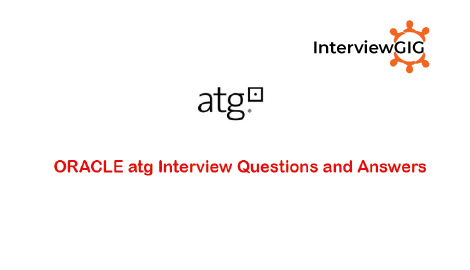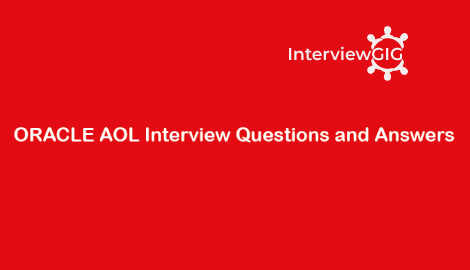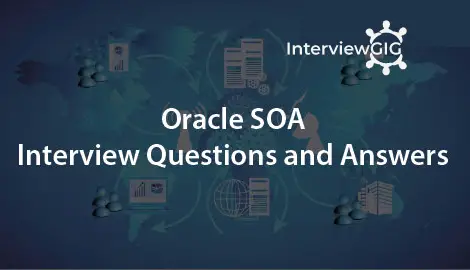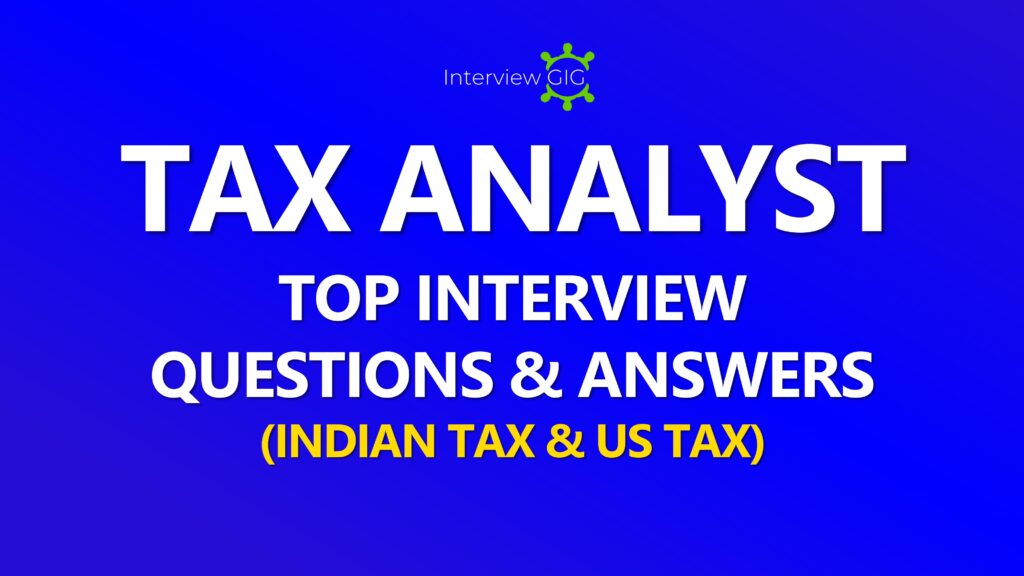Can a flexfield qualifier be changed after it has been created?
No. Once a segment qualifier has been designated for a specific segment and has been saved, it will permanently have the attributes with that qualifier.
For example, you accidentally designate the cost centre segment as the natural account segment. Even though you do not compile this, the system saves the changes. And once it has been saved, it will have all the attributes designated for the natural account qualifier, even after it has been changed back, resaved with the correct qualifier and compiled. This is the inherent functionality of the software.
Unfortunately, there is no really easy solution for this issue. The only option is to create a new chart of accounts and attach a new set of books.
How to delete a segment value?
There is no supported way to delete a segment value. Segment values can only be disabled not deleted.
Is there a way to load values for a specific segment outside of the form?
iSetup is the Oracle product that provides supported APIs to load values into Oracle Applications flexfields.
To load code combinations ADI may be used. Uploading zero amount journals will create new code combinations.
In this case Dynamic Insertion should be enabled and all account segment values need to exist before the new account code combinations will be dynamically created.
What are the different types of journals in general ledger?
Functional Currency Jv: This Journal, we enter Local Currency transaction purpose.
Foreign Currency Jv: this Journal, we enter other than local currency transaction purpose…before we define exchange rates
Suspense Jv: this Journal, whenever debit is not equal to credit that time, we enable in set of books window Suspense button, then it works otherwise it’s not working
Tax Jv: this Journal, calculate taxation of Purchased items
Reverse Jv: this Journal whenever we enter recurring journal, at the time of we using..We have two methods…one is Debit to Credit and second one is sign (+ to -)
Recurring Jv: this one is We define one template, we use Periodically, these are 3 types
1.Standard 2. Skeleton 3. Formula
Mass Allocation Jv: Set of Expenses or Set of Revenue allocate different parts using Formula A*B/C
A is Total Cost Pool..B is Usage Factor…C is Total Usage Factor…
Batch JV: Group of Journal we enter at a time, We Define Control Amount
Stat JV: This JV we have one side of Amount either debit or Credit….
What is average balance in oracle financials?
The Average Balance feature of Oracle General Ledger provides organizations with the ability to track average and end-of-day balances, report average balance sheets, and create custom reports using both standard and average balances. Average balance processing is particularly important for financial institutions, since average balance sheets are required, in addition to standard balance sheets, by many regulatory agencies. Many organizations also use average balances for internal management reporting and Profitability analysis.
The difference between an average and standard balance sheet is that balances are expressed as average amounts rather Than actual period-end amounts. An average balance is computed as the sum of the actual daily closing balance for a balance sheet account, divided by the number of calendar Days in the reporting period.
What is a funding budget?
A budget against which accounting transactions are checked for available funds when budgetary control is enable for your set of books.
What is planning budget?
The plan for the future expenses is planning budget. It is a paper work. There is no funds requirement. It does not require journals. There are no restrictions for estimating of funds.
What are the interface tables in general ledger?
GL_BUDGET_INTERFACE
GL_DAILY_RATES_INTERFACE
GL_IEA_INTERFACE
GL_INTERFACE
GL_INTERFACE_CONTROL
GL_INTERFACE_HISTORY
What is DFF?
DFF is a mechanism that lets us create new fields in screens that are delivered by Oracle.
Are these DFF'S flexible?
A little flexible, for example, depending upon the value in a field, we can make either Field1 or Field2 to appear in DFF.
Are these new fields that get created as a result of dff free text?
If you attach a value set to the field (at time of setup of dff), then field will no longer be free text. The entered value in the field will be validated, also a list of valid values will be provided in LOV.
Can i create a dff on any database column?
Not really. Oracle delivers a predefined list of columns for each table that are meant for DFF usage. Only those columns can be mapped to DFF segments. These columns are named similar to ATTRIBUTE1, ATTRIBUTE2, ATTRIBUTE3 ETC. Usually Oracle provides upto 15 columns, but this number can vary.
Can I add hundreds of fields to a given screen?
This depends on the number of attribute columns in the table that screen uses. Also, those columns must be flagged as DFF enabled in DFF Registration screen. Don’t need to worry much about this because all the ATTRIBUTE columns are by default flagged for their DFF usage.
What is journal import?
Journal import is an interface used to bring journal entries from legacy systems and other modules into the General Ledger. Specifically, Journal Import gets entries from legacy data into the GL base tables.
The tables populated during journal Import are
GL_JE_BATCHES,
GL_JE_HEADERS,
GL_JE_LINES,
GL_IMPORT_REFERENCES
What is the use of gl_interface?
Gl_Interface is the primary interface table of General ledger. It acts as an interface between data originating from other modules such as AP, AR, Legacy data and the Gl Base tables.
What is actual flag?
Actual flag represents the Journal type.
A-Actual
B-Budget
E- Encumbrance.
What is encumbrance?
It is a process of Reservation of funds for anticipated expenditure from a budget. Encumbrance integrates GL, Purchasing and Payables modules.
How many key flex fields are there in general ledger?
One. Accounting Key Flex Field.
How many types of budgets are there?
Two Types:
- Expenditure Budgets
- Revenue Budgets.
What are spot rate, corporate rate, transaction calendar and accounting calendar?
Spot Rate: An exchange rate which you enter to perform conversion based on the rate on a specific date. It applies to the immediate delivery of currency.
Corporate Rate: An Exchange rate that we define to standardize rates for our company. This rate is the standard market rate determined by the senior financial management for use throughout the organization.
User Rate: Conversion rate that is defined by the user.
EMU Fixed Rate: An exchange rate that is provided automatically by the General Ledger while entering journals. It uses a foreign currency that has a fixed relationship with the euro.
Transaction Calendar: Defines the business days and holidays for any calendar.
Accounting Calendar: Defines different types of calendars namely Fiscal, Federal Fiscal, Month etc.
What is security rule?
Security Rules are defined to control the access of a flexfield segment value (Financial information) at a responsibility level.
What are cross validation & adi?
CVS – Cross validate segments – Allows only valid code combinations.
ADI – Allow dynamic inserts. – Allows any code combination irrespective of validity.
ADI would prevail if both of CVS and ADI are checked.
What is translation?
Translation is a process used to convert functional currency to other reporting currencies at the account balances level.
What is revaluation?
It is process used to revalue assets and liabilities denominated in foreign currency into functional currency based on period end exchange rate we specify. Unrealized gains/losses are resulted because of exchange rate fluctuations which are recorded in unrealized gain/loss account in GL.
What is FSG (financial statement generator)?
Financial statement generator feature helps us to generate reports such as balance sheets and income statements without programming. It also provides a high degree of control on the rows, columns, contents and calculations on the report. Different components such as row set, column set, content set, row order, display set have to be defined before a statement is generated, of which row set and column set are mandatory.
What is consolidation?
Consolidation is a period-end process of combining the financial results of separate business subsidiaries with the parent company to form a single combined statement of financial results.
At what level general ledger data is secured?
GL data is secured at Set of Book level. Subledger module data is secured at Responsibility level (i.e., at Operating Unit Level).
What are the various statuses of gl periods? and in which table this information is stored?
The statuses of GL periods are are below:
- Open
- Closed
- Future ‐ Entry
- Permanently Closed
- Never Opened
The information is maintained in GL_PERIOD_STATUSES.
What happens when the posted journal are changed?
Posted Journal cannot be modified. They can only be reversed.
What is the difference between revaluation and translation?
Revaluation is used to determine the position of foreign currency debtors, creditors etc at the end of month; and it created revaluation journal entries.
While Translation is a functionality used to convert all balances including functional currency (say INR) balances in a given foreign currency (USD). Then, Trial Balance in that currency(USD) can be generated. It is used when of a subsidiary or branch (INR) are required to be merged with another company reporting in different currency (USD).
What is the meaning of retained earning? where the retained earning account given?
Retained Earnings represent the undistributed profits of a company i.e. profits retained. The retained earning account is a mandatory account to be given at the time of defining Set of Books (SOB).
What are the maximum number of period that can be open in GL?
There is no limit on number of periods that can be concurrently open GL; however, it is advised to keep the number of GL Open periods to minimum.
What are the key tables of GL module?
The tables that store the information of GL journals are ‐ GL_JE_BATCHES ‐ GL_JE_HEADERS ‐ GL_JE_LINES While the summary of balances is stored in GL_BALANCES. And the GL interface table is GL_INTERFACE.
What is the difference FSG report and d2k report?
Financial Statement Generator (FSG) is a functionality GL which can used to develop financial reports based on data in GL only (i.e. sub‐ledger details cannot be displayed in the report) and FSG reports can be developed by functional users. However, to develop a D2K report knowledge of table structures and SQL (may be even PL/SQL) would be required. And using D2K report can be built for any module or extract data from multiple modules based on user requirement.
What are the various type of balances supported by GL?
Oracle GL supports three types are balances which are:
- Actual
- Encumbrance
- Budger
What is a funding budget? and what is its purpose?
A funding budget is a budget for which ‘Require Budget Journals’ check box is checked. Funding budget can be used to control expenses if budgeting control is enabled at Set of Books (SOB) level.





